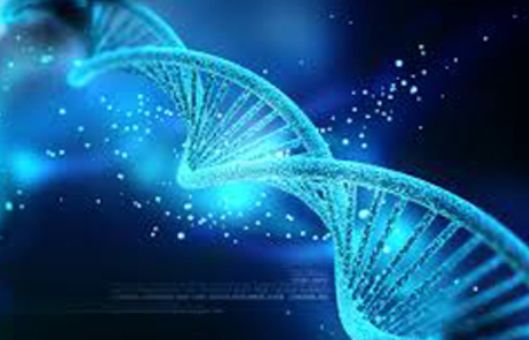Sequence and Ligase Independent Cloning (SLIC) Protocol
GUIDELINE
SLIC cloning is a cloning method based on recombinant DNA technology, in which gene fragments are spliced by using linearized segments of exogenous and target DNA to interface with each other and join them using sequence-independent ligases.
SLIC cloning is based on two steps: linearization and ligation. In the linearization process, the exogenous DNA and the target DNA sequence are cut into linear segments by enzymes. In the process of ligation, the linear DNA sequences are reassembled at a certain temperature and are bonded together by T4 DNA ligase to form the target clone.
SLIC cloning technology can be used to construct various expression vectors, RNA interference vectors, and reporter gene vectors. Through SLIC technology, multiple gene fragments can be combined into one expression vector conveniently and quickly, to realize the regulation of gene expression, expression localization, and functional research.
METHODS
Prepare DNA fragments and vector
- Prepare the DNA fragment to be inserted by PCR amplification or other methods.
- Prepare the target vector by isolating it from a plasmid or another source.
Mix DNA fragments and vector
- Mix the DNA fragment and the target vector in a molar ratio of 1:3 (insert: vector) in a microcentrifuge tube.
- Add 0.5 M EDTA (pH 8.0) to a final concentration of 0.2 M.
- Add 2 M NaOH to a final concentration of 0.05 M.
- Incubate the mixture for 30 minutes at room temperature.
Neutralize the mixture
- Add an equal volume of 3 M sodium acetate (pH 5.2).
- Mix gently and incubate the mixture on ice for 5 minutes.
Precipitate and wash the DNA
- Add 2.5 volumes of 100% ethanol to the mixture.
- Mix gently and centrifuge the mixture at maximum speed for 15 minutes at 4°C.
- Carefully remove the supernatant and wash the DNA pellet with 70% ethanol.
- Air dry the DNA pellet for 5-10 minutes and resuspend it in sterile water or TE buffer.
Transform E. coli cells
- Thaw a tube of competent cells on ice.
- Add 2-5 µl of the DNA mixture to 25-50 µl of competent cells.
- Incubate the mixture on ice for 30 minutes.
- Heat shock the cells at 42°C for 45 seconds, followed by 2 minutes on ice.
- Add 250 µl of recovery medium and shake the cells at 225 rpm for 1-2 hours at 37°C.
Plate and incubate
- Spread 50-100 µl of the cell suspension on a suitable LB agar plate supplemented with the appropriate antibiotics.
- Incubate the plate overnight at 37°C.
Analyze transformants
- Pick colonies and analyze them by restriction digestion and sequencing to confirm the correct insertion.
Creative Bioarray Relevant Recommendations
- Creative Bioarray provides a series of nucleic acid extraction kits for a variety of samples to help our customers accelerate their research. Beyond that, we also offer extraction services of nucleic acid from a wide range of starting materials.
| Cat. No. | Product Name |
| CNEK-D1791H | QualiNuclei® Genomic DNA Extraction Kit |
| CNEK-D1792H | QualiNuclei® Cells and Tissue DNA Extraction Kit |
| CNEK-D1793H | QualiNuclei® Cells and Tissue DNA Extraction Micro Kit |
| CNEK-D1794H | QualiNuclei® Cells and Tissue DNA Extraction Kit (Magnetic Bead) |
| CNEK-D1795H | QualiNuclei® Cells and Tissue DNA Extraction Kit (96-Well) |
| CNEK-D1798H | QualiNuclei® FFPE DNA Extraction Kit |
NOTES
- Ensure the purity and integrity of the DNA fragments and target vector.
- Optimize the molar ratio of DNA fragment to vector for efficient cloning.
- Use high-quality competent cells for transformation.
- Perform the appropriate controls to validate the success of the cloning process.
